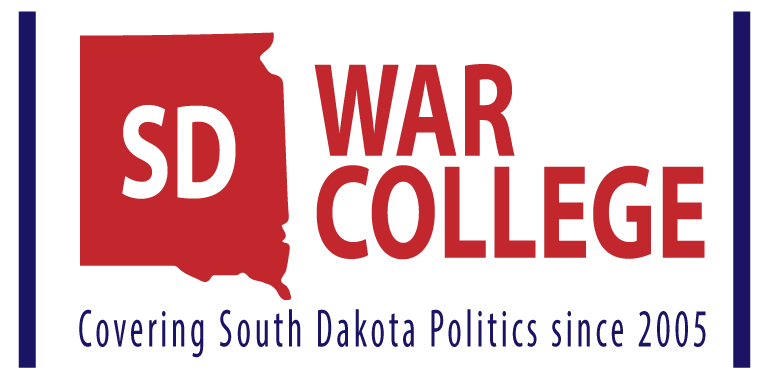They might have changed their e-mail, but someone still sending survey monkey polls to legislators.
A legislator just sent me yet another poll request they received from an anonymous source.

Where the one from last week came from “consrepublican@gmail.com” this new one comes from “sdnonpartisanpoll@gmail.com.” So, it’s completely a different person. Yep. Not the same person at all.
The request for information does forewarn candidates that the results of the survey “will be provided to all of SD’s TV & radio stations, all interested blogs, all of South Dakotas numerous newspapers, etc.” Because as you know, most newspaper, tv, and radio stations regularly broadcast polling results from unnamed people representing unknown, anonymous groups.
What are they polling people on? Important issues, such as:


Legislation to make it legal for you to have horses and cows in your backyard in town, and the ever important issue of “omnibus bills.” Important issues for all of South Dakota (said no one ever).
So, once again, we’re left with someone who seems focused silliness, or has an axe to grind.
And unfortunately for the Senate candidates, it appears he may have their e-mail addresses. The only question is whether anyone is foolish enough to respond.









